A decade ago, The War On Drugs weren’t quite the band we know today. Honestly, that might even be an understatement. Although 2011 was a huge moment in time for “big-tent” indie bands like The National or Arcade Fire, Adam Granduciel’s band hadn’t yet achieved its lofty perch. SLAVE AMBIENT, released 10 years ago this month, would eventually help them get there, though. It’s an album to get lost in, with rich sonic texture and kaleidoscopic soundscapes, both hallmarks of the band in this day and age. It’s the sound of a band taking off, getting ready to soar into the stratosphere. Although critically acclaimed at a time when a Best New Music tag could change the trajectory of an indie band, it arguably didn’t land with as big a splash as 2014’s genre-defining, propulsive LOST IN THE DREAM, and yet that’s what makes it so essential.
For me, SLAVE AMBIENT was a proper introduction to The War On Drugs. Heading into my sophomore year of college, it landed the heartland rock feel that I now associate with changing leaves crunching underfoot on early fall Michigan days listening on, funnily enough, my old iPod mini. This album stuck with me, now an essential listen on Brooklyn autumn days that served as a bedrock, and gave me a clear-eyed perspective when I needed it the most.
SLAVE AMBIENT set the stage for, among other War On Drugs staples, notably LOST IN THE DREAM hit “Red Eyes.” It’s perhaps the only song that features “Woo!” as one of its signature lyrics and moments (this video is a stellar example of its power). When played live at sunset on a big stage, that song is transformative moment. But it wouldn’t have happened without SLAVE AMBIENT, which is arguably the reason Granduciel’s band now plays after the sun sets at festivals across the globe. It set the stage for a massive career, the relationship between the two albums like that of ALLIGATOR to BOXER—the distance from Ohio to Pennsylvania is even closer than you might think.
SLAVE AMBIENT was certainly a heady, career defining LP, and it’s packed with “Indie Rock Trivia” to boot. It was the last album by the band to feature Kurt Vile, who notably appears on the first track, “Best Night,” one he said he was “stoked” to play on. It’s a hazy track with guitar work and lyrical imagery that would make Tom Petty proud. I even saw the band cover Petty on a memorable Sunday night show in Brooklyn, and they’re the rare modern band that can do a legend like that justice. Nodding to your influences and making them your own is at the heart of SLAVE AMBIENT.
Granduciel picks up where 2008’s WAGONWHEEL BLUES left off, blending just a slight touch of country rock with his now signature songwriting to evoke both wide open spaces and packed shows (“I’m a thousand miles behind, with a million more to climb” is a great turn of phrase). SLAVE AMBIENT takes off like a breezy heartland drive after “Best Night,” with Granduciel doing his best Bob Dylan impression on “Brothers,” still a live staple and fan favorite to this day. With a band as prolific as The War On Drugs, it’s a testament to the strength of this album that tracks like “Your Love Is Calling My Name” and “Baby Missiles” still pop up in live setlists with some frequency. The centerpiece of this album is “Come To The City,” which shifts into focus over drumming that owes a debt of gratitude to U2’s Larry Mullen Jr. It’s a track that would fit in handsomely on LOST IN THE DREAM or even 2017’s remarkable A DEEPER UNDERSTANDING, with all the pieces of the evolution of Granduciel and Co. present on this shimmering track.
The drumming is undoubtedly impressive on “Come To The City,” but that leads us to another crucial part of The War On Drugs as we know them today: who’s behind the kit. Mike Zanghi plays drums or percussion on four tracks, and Steven Urgo lends his talents to the opening number. Both formidable in their own right, it’s hard to imagine the band today without the immense, frankly irreplaceable drumming done by the one and only Charlie Hall in the years since then. Watch this nearly 14-minute barn burner of “Under The Pressure” to see how wild man Hall carries the band. To get your fill of Hall, go back and check out old live appearances by the band in Seattle’s storied KEXP studios. In one appearance, Hall wears a sweater vest (and plays his heart out behind the kit). By the time the band returns in 2017, Hall is clad in a denim shirt, with an impressive mustache to match. What does this all mean? I’ll leave it up to you, but I’d say it mirrors the rise of the band into a finely tuned rock outfit, all thanks to SLAVE AMBIENT.
One could argue that, like their peers The National, this is a band without a truly “bad” album, one that keeps on challenging themselves. Listen to the quiet, reflective, beautiful new single from The War On Drugs, “Living Proof.” It takes guts, some might say, to offer up such a delicate track as your lead single, but here’s the thing: I’m certain we’ll get that “vintage War On Drugs sound” at some point on their new album, the kind of track that might move you to tears or goosebumps (or both) during a live show. That sound as we know it first started to emerge on SLAVE AMBIENT.
Here’s to a seriously underrated, yet important, album that opens up even more with each listen. It helped prove that the band could stand on its own as a Granduciel-led project, even without Kurt Vile, and helped cement some of the pieces that we now know as distinctly belonging to this game-changing band. The spacious, roaring guitars, the thundering drums, the imagery that similarly evokes long nighttime drives or blazing festival sunsets, it all started here. Looking back, SLAVE AMBIENT is like an engine revving up. What came next was a major lift-off, a zero-to-60 moment that most bands never quite get. Few bands have also honed a signature sound as unique as The War On Drugs, and that’s where this record stands apart. The next time you see this band in large font at the top of a lineup, think of SLAVE AMBIENT.


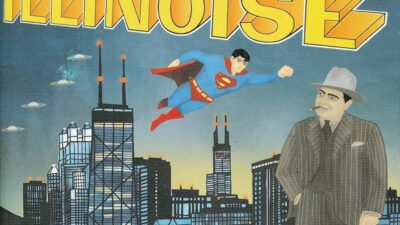


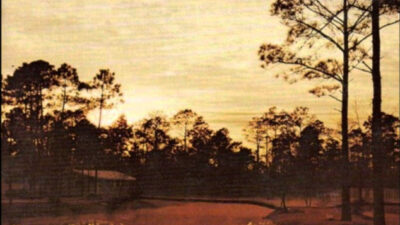
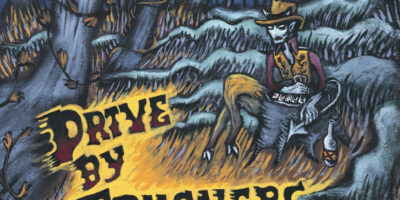
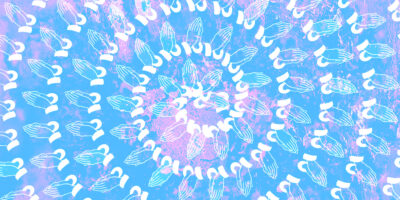
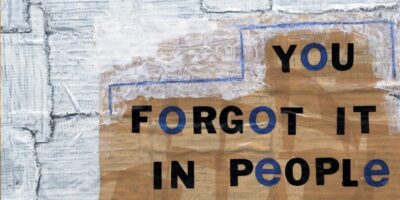


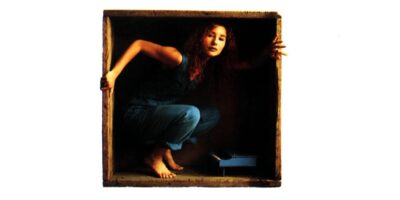
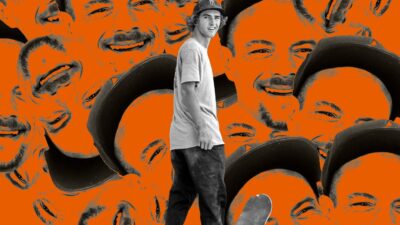



Comments